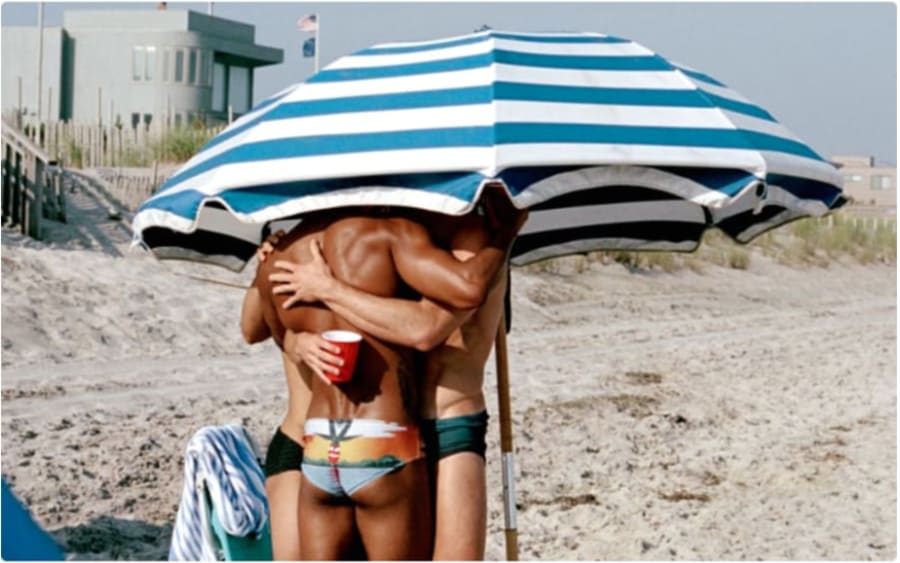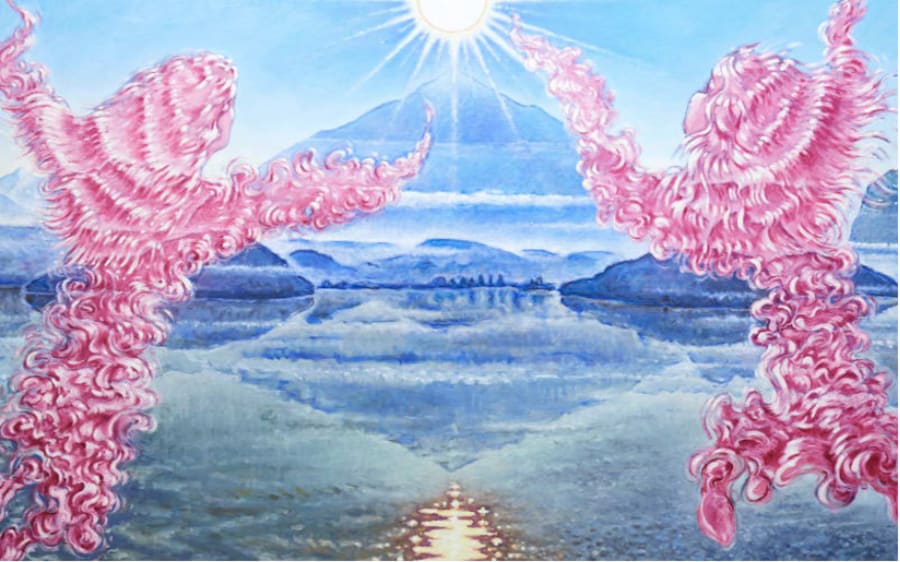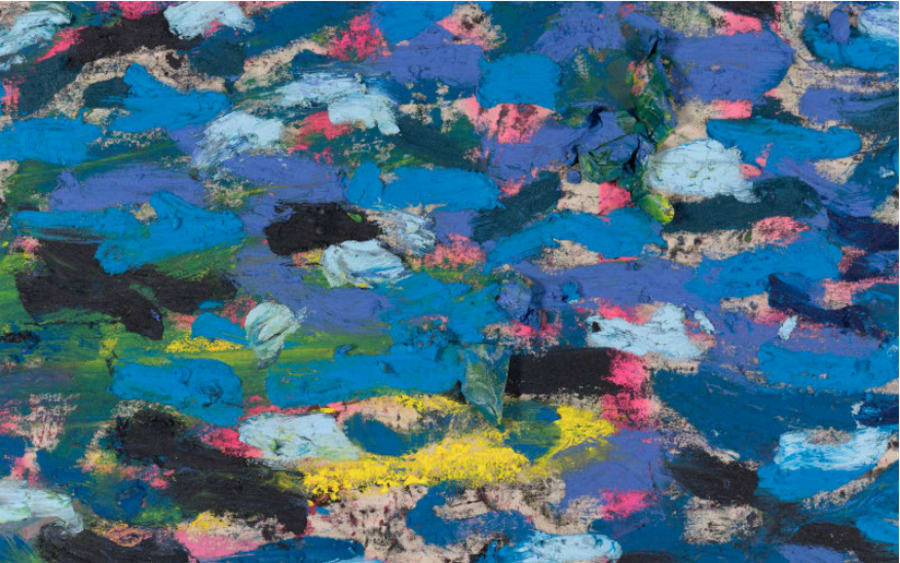At the height of Surrealism, in the 1920s and 1930s, representatives of the movement regularly engaged in acts of public provocation. Doing so allowed them to highlight Surrealism’s fundamentals: radicality, unconventionality, and the deconstruction of cultural norms. The poet Robert Desnos, for example, greeted a priest on the subway with a simple ‘Bonjour, madame’ (‘Good day, Miss’). Joan Miró, the world-famous, Barcelona-born artist, was more ambitious: ‘Down with the Mediterranean!’ he is said to have exclaimed on the streets of Paris.
Miró’s outburst suggests that it would be better to let everything associated with the Mediterranean - classical philosophy, imperial ambitions, meridional aesthetics, archeological treasures - sink beneath the waves. With the rise of globalized tourism and the ubiquity of social media, the opposite has happened: The sea’s picturesque beaches, exclusive resorts, and turquoise waters flood our feeds more vigorously than ever. She is the queen of the summer screen.
Throughout history, the Mediterranean has served as an evocative backdrop for countless creative endeavors, some of which have become cornerstones of Western civilization. It plays a central role in Homer’s Odyssey and Nobel Prize in Literature winner Albert Camus’s existential musings; it features prominently in the writings of German philosopher Friedrich Nietzsche and French historian Fernand Braudel. And of course, it has been an important component in the work of many artists. Several have celebrated its beauty by depicting it (think of Paul Cézanne or Claude Lorrain), while others have hinted at it in much less obvious ways. We shed light on two contemporary artists who chose the latter route.
Having spent his entire life in Italy, Francesco Gennari (b. 1973) says that he finds himself inevitably influenced by the coastal life, architectural diversity, and ancient remnants in and around his hometown of Pesaro, located on the country’s Adriatic coast. The cypress was one of his earliest photographic subjects, and the experience of swimming in the sea, as well as the region’s distinctive sunlight, have served as inspiration for his sensitive, minimalist sculptures. Gennari also points to fellow Italian painter Giorgio de Chirico, whom he regards as an artist who masterfully captured the Mediterranean’s essence. Gennari sees the Mediterranean as a reservoir of diverse civilizations that enrich one another. He emphasizes the singularity of this space and warns: ‘I observe a tendency towards a loss of reciprocal identity; the basin’s multicolored identity must be preserved and safeguarded against the encroaching risk of cultural homogenization.’
To Dominique White (b. 1993), the Mediterranean is a formidable, untamable force of nature that no one can control - ‘rebellious,’ as she describes it. The Marseille-based artist is currently showcasing her new ‘Deadweight’ series at Whitechapel Gallery in her hometown of London. White created the dark, impressive sculptures during a six-month residency in Italy, awarded for her winning proposal for the Max Mara Art Prize for Women last year. At Whitechapel Gallery, the artist explores the Mediterranean's role in history, as well as its broader influence on trade and migration, including slavery.
To create the works in view in ‘Deadweight’, White submerged her sculptures in the Mediterranean off the coast in Genoa; the sea produced striking deep reds, yellows, and blues on the sculptures, their surfaces encrusted with rust and salt, giving rise to sprawling curves and appendages that exude a haunting allure. White was inspired by the similarity between ship cradles and whale carcasses - both mighty yet fragile structures ubiquitous through the Mediterranean and bearing its marks. Rather than an inspiration, White uses the sea as a contextual frame and an artistic tool, allowing her to foreground themes such as strength and resilience by pushing her materials to the limit.
It is intriguing to see how these two artists contextualize the Mediterranean so differently. And yet the wide-ranging diversity of ideas, environments, and histories associated with it may be the reason for its enduring popularity among artists. It is like a Roman mosaic: To truly grasp its complexity, one must step back and see the whole picture, while keeping in mind each stone contributes to its magnificence.
Tifenn Durand is an art enthusiast and a master’s student at Sciences Po, currently based in New York. She is a regular collaborator of Art Basel’s Editorial team.
Caption for top image: A bather in Marseille, photographed by Stéphanie Davilma for Art Basel.
Published on August 7, 2024.


